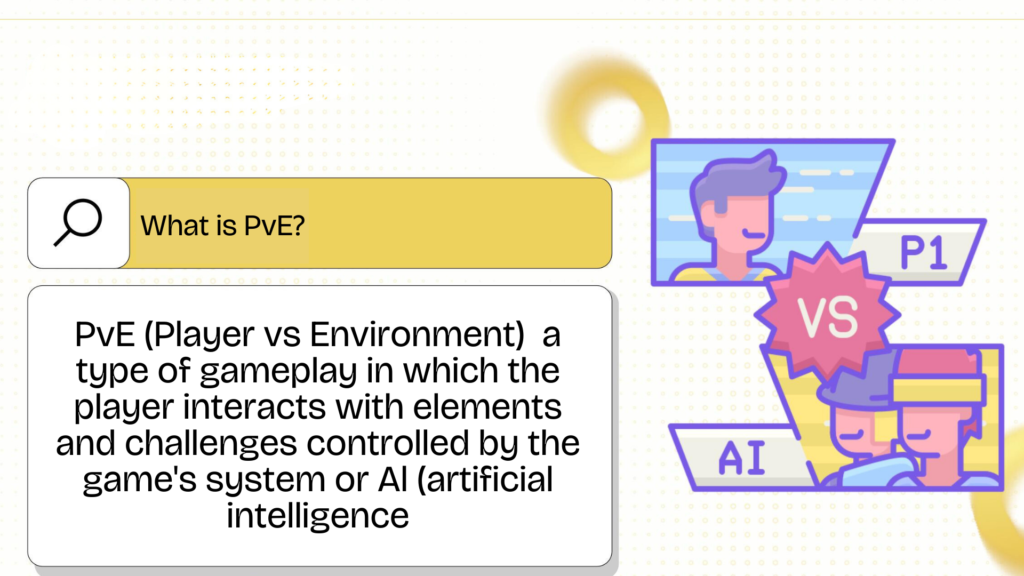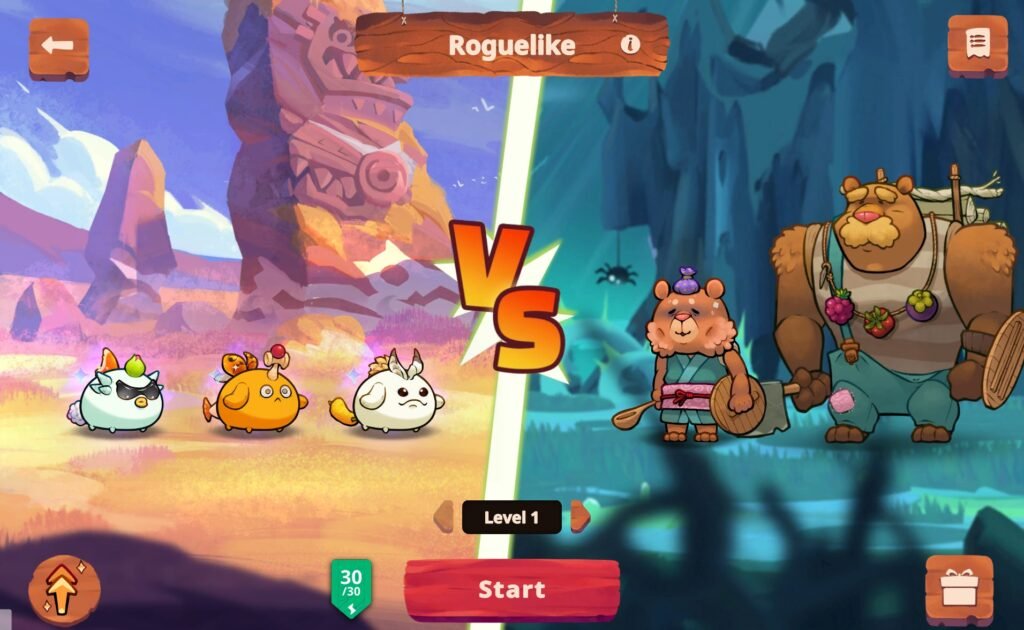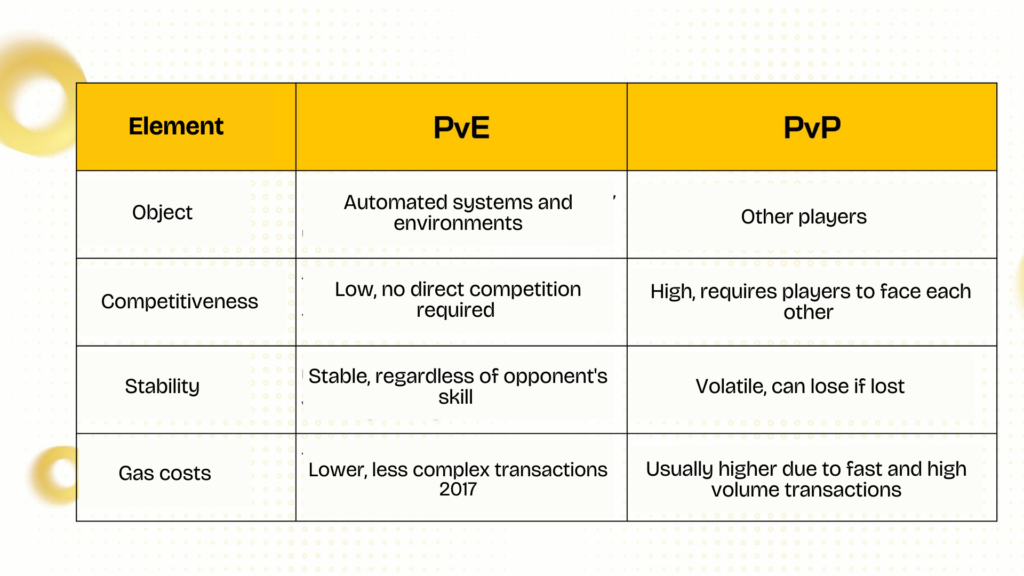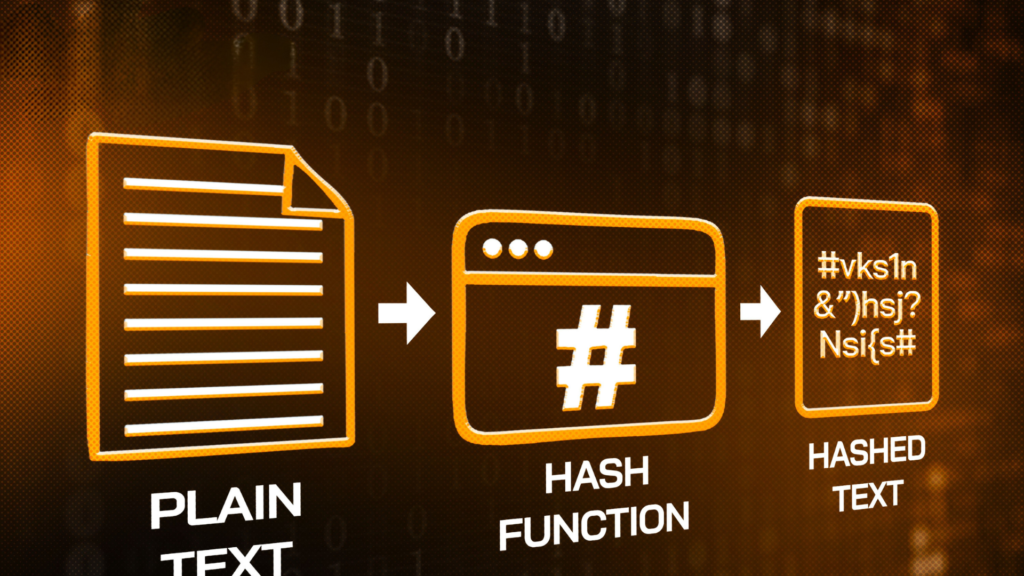PvE in crypto games offers many opportunities and benefits, but also comes with significant challenges and risks. Let’s learn about this PvE game genre.

What is PvE?
PvE (Player vs. Environment) is a type of gameplay where players interact with elements and challenges controlled by the game’s system or AI (artificial intelligence), instead of directly confronting other players as in PvP (Player vs. Player).
In PvE, players often have to complete quests, explore the game world, fight monsters, or overcome challenges set by the game. The goal of PvE is usually to gather resources, level up, or receive rewards in the form of in-game assets.

In the blockchain and crypto gaming market, PvE is not only a form of entertainment but also a means of earning income. Players who complete PvE tasks can receive rewards in the form of tokens, NFTs (collectible digital assets), or other rewards that can be traded for real-world income.
Why is PvE Important in Crypto Games?
In the world of traditional gaming, PvE (Player versus Environment) mode has always played an important role in providing players with the opportunity to explore storylines, upgrade skills, and enjoy entertainment without having to compete directly with others. In the context of crypto games, PvE not only serves as a means of entertainment but also as a money-making tool, helping players easily get acquainted and integrated into the world of blockchain.
PvE is especially useful for new users entering the crypto gaming market. According to a 2023 study by DappRadar, 60% of new players begin their journey through PvE mode before moving on to other modes like PvP. This is a way for users to grasp the basics of blockchain games without the pressure of direct competition. Instead, they can experience every aspect of the game comfortably, without worrying about failure or the risk of losing assets.

Furthermore, PvE creates motivation to retain players in the long term by providing daily quests and special rewards at each level. This mode helps players accumulate digital assets, such as tokens or NFTs, without intense competition.
With this mechanism, players not only have more motivation to develop their characters but can also take advantage of accumulated assets to upgrade skills and equipment, and continue to participate more.
A 2023 report from Footprint Analytics indicates that 75% of PvE players in blockchain games use their rewards to purchase additional NFTs to enhance their characters or equipment, helping to boost the in-game economy.
In general, PvE in crypto games not only expands the user ecosystem but also contributes to building a sustainable economy, increasing community participation and interaction. This makes PvE an essential element, supporting players to create value for digital assets in the game without requiring a fierce level of competition, making the game more friendly and accessible.
Challenges and Risks of PvE in Blockchain Games
The challenges and risks of PvE in blockchain games are direct and have a profound impact on the player experience. One of the biggest risks is the lack of stability and security in the smart contracts of the PvE system. Hackers can directly exploit these vulnerabilities to automatically “mine” rewards, creating assets or tokens without actually participating in the game.
According to data from Immunefi, in 2022, attacks targeting smart contracts caused damages of up to $2 billion on blockchain platforms. A significant portion of this belongs to blockchain game titles with PvE modes, including DeFi Kingdoms with the attack on the JEWEL token. Hackers took advantage of vulnerabilities in smart contracts to illegally create JEWEL tokens without actually participating in PvE activities such as staking or fighting.

In addition, PvE also faces challenges in terms of scale and content quality. As players become more familiar with rewards and quests, PvE can easily become boring without innovation.
For traditional games, developers can easily update content, but with blockchain, changing tasks and rewards requires complex and expensive smart contract updates. This makes it difficult for PvE to maintain long-term appeal, especially in the blockchain gaming environment which demands high creativity and player engagement.
The final challenge is establishing and maintaining an in-game economy that does not devalue the tokens or NFTs that players earn from PvE. Since PvE is often the main source of rewards for players, issuing too many tokens through PvE activities can lead to inflation, reducing the value of players’ assets. A report from Footprint Analytics in late 2023 showed that 70% of blockchain games experienced a 30-50% decrease in token value within six months of launch due to poorly designed PvE rewards.
With these challenges, the PvE system of blockchain games requires serious investment in technology and economic design to ensure that they not only provide an enjoyable gaming experience but also maintain asset value for players.
Read more: A comprehensive look at the diversity in Web3 Gaming from 2017 to present.
Comparing PvE and PvP in the Crypto Market
In the world of blockchain gaming, two popular game modes are PvE (Player vs. Environment) and PvP (Player vs. Player), each with distinct characteristics and roles for players and the in-game economy.
PvE offers a relaxing, accessible experience, while PvP is suitable for those who enjoy competition and accept high risk.
Below is a comparison of these two modes in the crypto market:

Read more: PvP (Player vs. Player) in Web3 – Fighting game on Blockchain.

